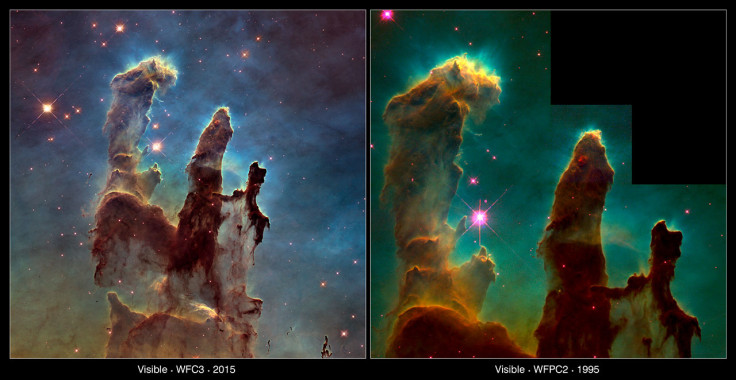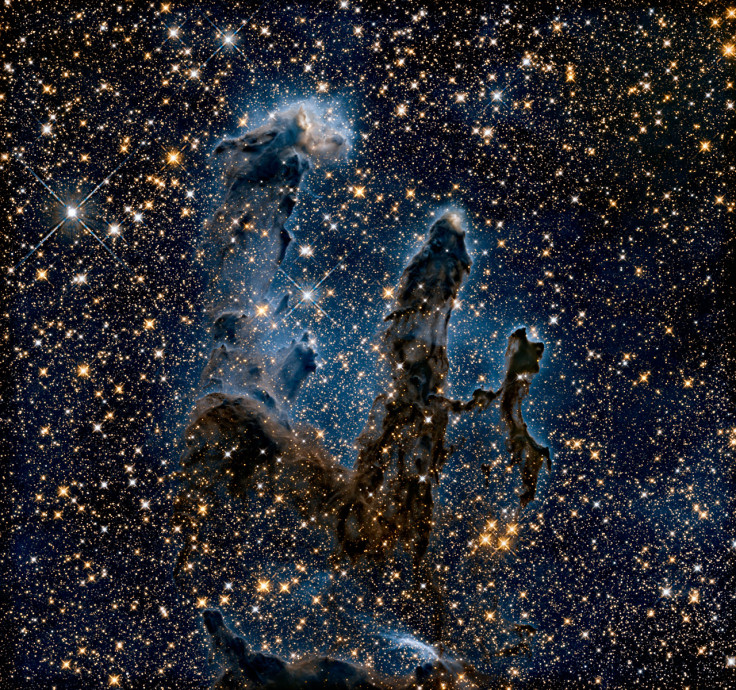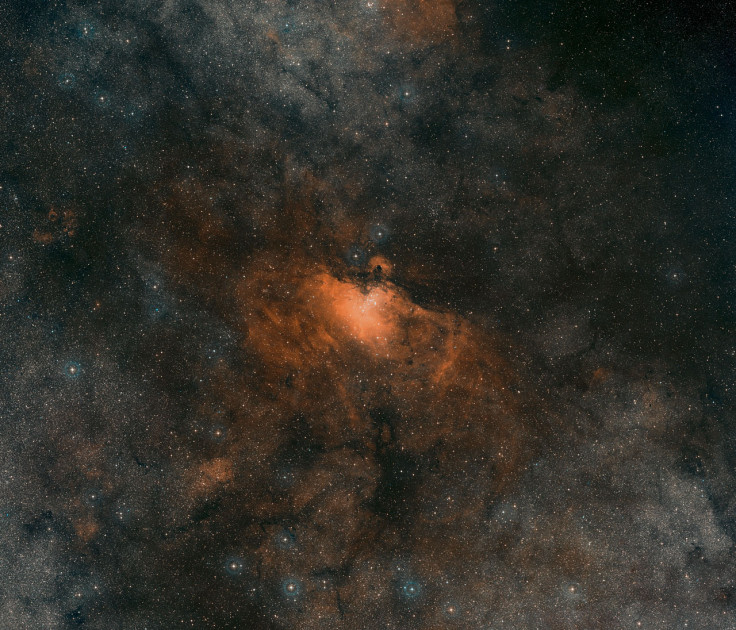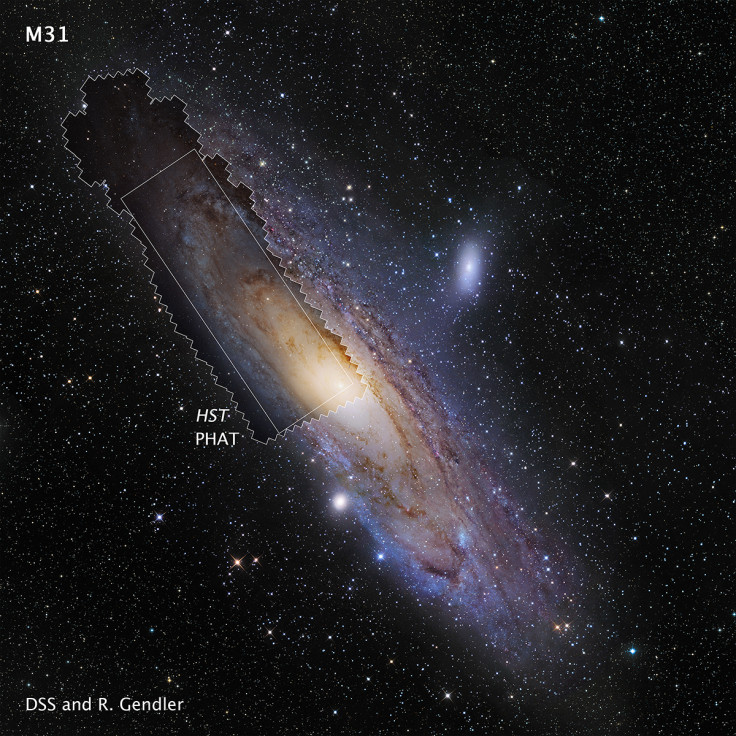Pillars of Creation and Andromeda Galaxy revisited by Nasa's Hubble marking 25 years in space
The Pillars of Creation, one of the most iconic images of space taken by Hubble, has been re-released by Nasa to mark the 20 years since it was first captured by the telescope.
Taken in 1995, Hubble's image of the Eagle Nebula's Pillars of Creation shows its giant columns – three towers of gas and dust.
The image became so popular it appeared in films, TV shows, on T-shirts, pillows and even postage stamps.

Hubble is this year marking its 25<sup>th year in orbit and to celebrate has revisited the Pillars of Creation to provide an even clearer image of the structures. "The multi-coloured glow of gas clouds, wispy tendrils of dark cosmic dust, and the rust-coloured elephants' trunks [were taken] with the newer Wide Field Camera 3, installed in 2009," Nasa said in a statement.
"The visible-light image builds on one of the most iconic astronomy images ever taken and provides astronomers with an even sharper and wider view."
Nasa also took a new image of the Pillars using infrared light, showing a different view of the clouds. It shows intense radiation from the young stars within the pillars, while the dust and gas is eroded by strong winds from the nearby stars.

Astronomers plan to use the images to study how the physical structures of the pillars are changing.
"At the top edge of the left-hand pillar, a gaseous fragment has been heated up and is flying away from the structure, highlighting the violent nature of star-forming regions.
"These massive stars may be slowly destroying the pillars but they are also the reason Hubble sees the structures at all. They radiate enough ultraviolet light to illuminate the area and make the clouds of oxygen, hydrogen and sulphur glow.

"Although structures like these exist throughout the Universe, the Pillars of Creation — at a distance of 6500 light-years away — provide the best, and most dramatic, example."
As well as the new image of the Pillars of Creation, Nasa also released the largest Hubble image ever assembled – showing a sweeping view of the Andromeda galaxy – "the sharpest large composite image ever taken of our galactic neighbour".
The galaxy is two million light years away, but Hubble has been able to capture over 10 million individual stars in a 61,000-light-year-long section. For a zoomable image click here.

"This ambitious photographic cartography of the Andromeda Galaxy represents a new benchmark for precision studies of large spiral galaxies which dominate the universe's population of over 100 billion galaxies.
"Never before have astronomers been able to see individual stars over a major portion of an external spiral galaxy. Most of the stars in the universe live inside such majestic star cities, and this is the first data that reveal populations of stars in context to their home galaxy."

The image was created using 7,398 exposures taken over 411 individual pointings between 2010 and 2013.
Both the panorama and the Pillars of Creation are being presented at the 225th Meeting of the Astronomical Society in Seattle, Washington.
© Copyright IBTimes 2025. All rights reserved.






















